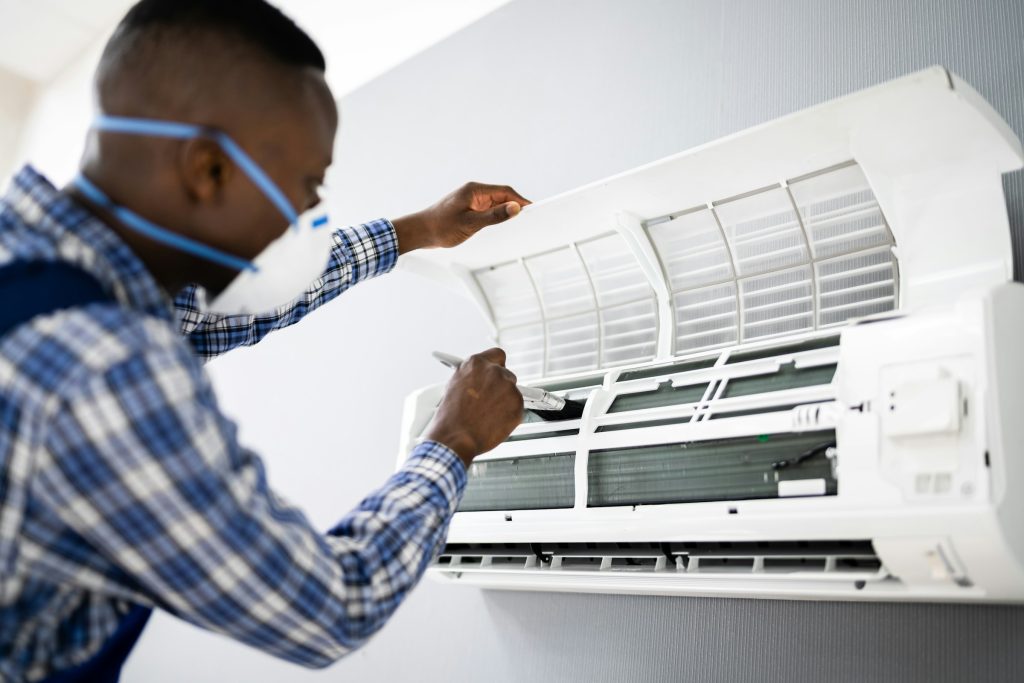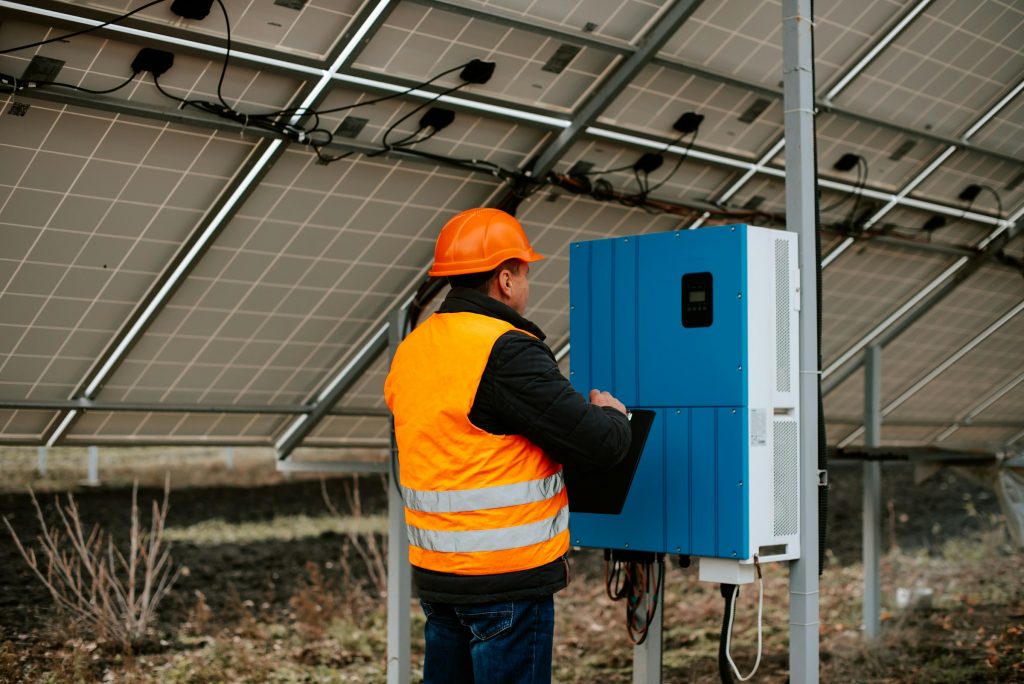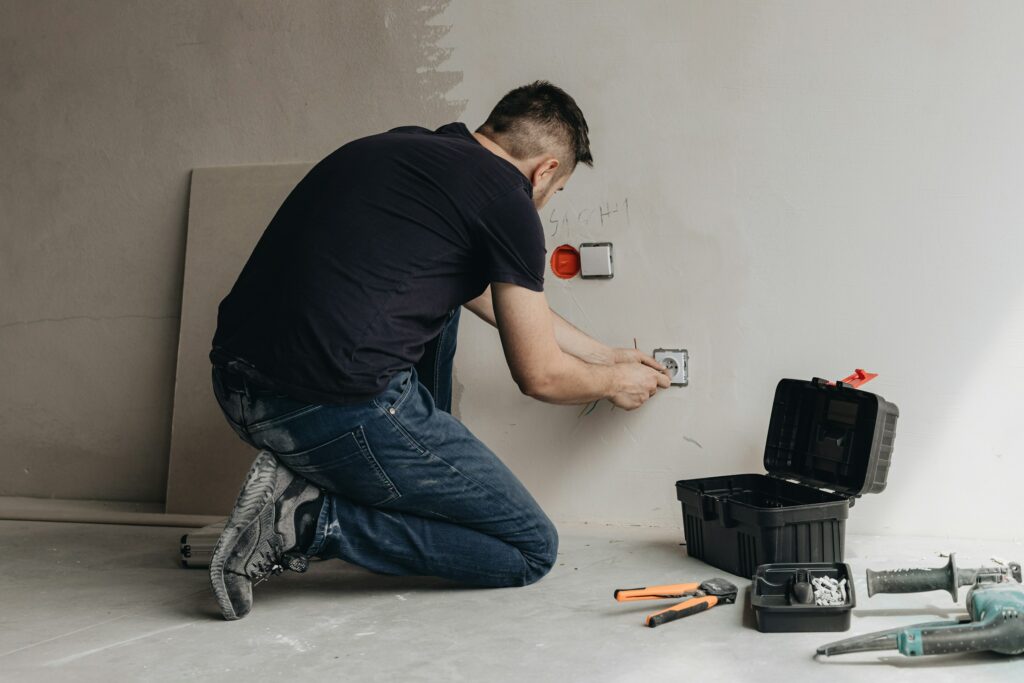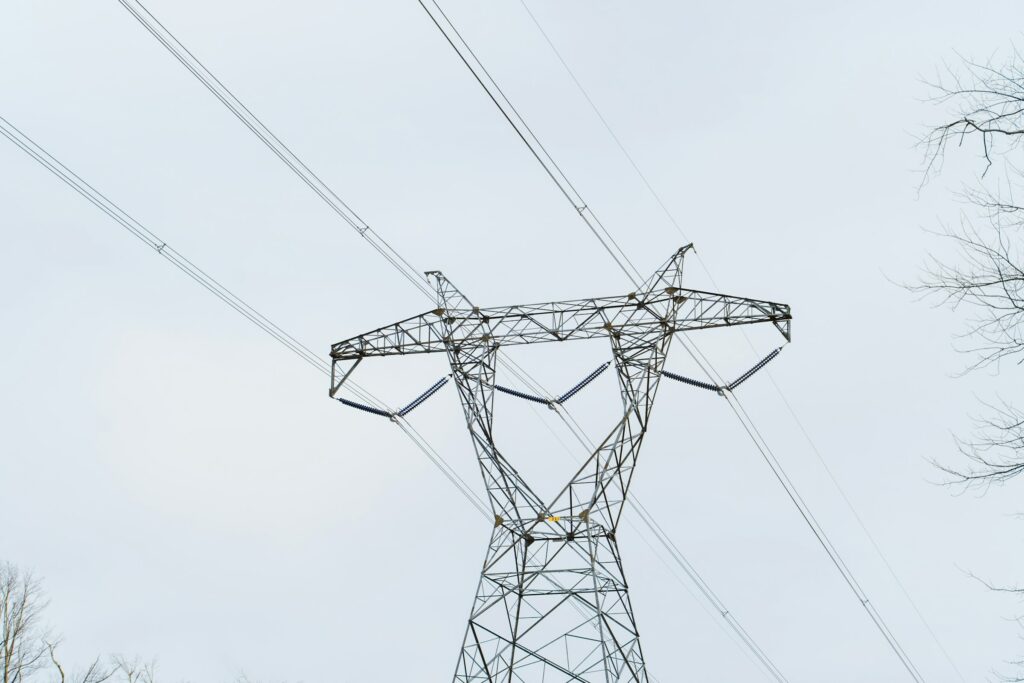Meta Title: “Revitalise Your Home’s Electrics: Expert Guide by Down To The Wire”
Meta Description: “Discover the ease of upgrading your home’s electrical system! Follow our step-by-step guide, courtesy of Redlands’ trusted electrician – Down To The Wire Electrical Services.”
- Identify the Need for an Upgrade: Older homes are likely to have outdated electrical systems that struggle with modern electrical demands. Symptoms include frequent tripping circuit breakers, buzzing noises from sockets and flickering lights.
- Evaluate Your Existing System: It’s important to understand the capacity, wiring condition and outlet quality of your current electrical system before making upgrade decisions.
- Plan Your Project: Upgrading can range from straightforward replacements to extensive rewiring. Assess your home’s specific needs to create an effective and informed plan.
- DIY vs Professional Upgrade: Consider the benefits and drawbacks of DIY vs professional upgrades. DIY might save money but carries safety risks if completed by an unqualified individual. Professional upgrades guarantee safety and energy efficiency, at a cost.
- Safety First: Whether completed DIY or professionally, safety is paramount. Ensure all work meets local safety regulations and guidelines.
- Complete the Upgrade: Only a trained professional or knowledgeable DIYer should carry out the actual upgrade. This might involve replacing circuit breakers, installing new circuits, or fully rewiring the house, all adhering to existing electrical codes.
In conclusion, upgrading your home’s electrical system can be daunting, but understanding the process can make it manageable. Always consider safety and energy efficiency, and get professional advice if uncertain.
Upgrading Your Home’s Electrical System: A Step-by-Step Guide
Please note, this guide aims to aid understanding and should not replace professional advice. Electrical work should only be performed by trained individuals. Alterations to your home’s electrical system by untrained personnel can lead to serious risks, including injury and fire.
1. Understanding the need for an upgrade
Identifying the need for an upgrade is the crucial first step. Older homes, particularly, may have outmoded systems unable to comfortably handle modern electrical loads. Signs of an outdated system include frequent tripping of circuit breakers, buzzing noises from outlets, and flickering lights.
2. Evaluating your current system
Before looking at upgrades, take the time to understand your current electrical system. The capacity of your system, the state of your wiring, and the condition of your outlets are all factors that will influence your upgrade decision.
3. Formulating the plan
Upgrading a home’s electrical system can range from simple replacements to comprehensive rewiring. It’s essential to make an informed plan based on your home’s specific needs. If you live in an older home, the upgrades might be more complex and time-consuming, involving significant rewiring and the replacement of outdated components.
4. DIY Vs. Professional Upgrades
There are pros and cons to both DIY and professional upgrades. DIY upgrades might save you some upfront costs, but they carry significant safety risks if carried out by someone not well-versed in electrical works. Professional upgrades, on the other hand, ensure long-term safety and efficient power utilization. Still, they come with professional charges. The key here is understanding the scope and safety requirements of your desired upgrade.
5. Safety First
Irrespective of who carries out the work, safety should always be paramount. All electrical work should adhere to local safety regulations and guidelines; these often involve turning off power at the main switch before starting any work, wearing protective gear, and ensuring hand tools are properly insulated.
6. Carrying out the upgrade
This step should only be undertaken by a qualified professional or a competent DIYer. The process will largely depend on the complexity of the upgrade, but generally involves replacing circuit breakers, adding new circuits, or completely rewiring the house. Remember, safety precautions must be observed, and all changes should meet present electrical codes.
In conclusion,
While upgrading your home’s electrical system might seem daunting at first, understanding the process can help make the task manageable. Whether for safety, increased capacity, or compliance with electrical codes, upgrading your electrical system is often a crucial aspect of home ownership.
Please remember though, dealing with electricity can be dangerous. If unsure about any step, seek professional advice and assistance from certified electricians. All in all, safety and effective power utilization should always be your top priorities.
FAQ 1: What are the signs that my home’s electrical system needs an upgrade?
Signs that might highlight the need for an electrical system upgrade include:
- Frequent tripping of circuit breakers
- Buzzing or crackling sounds emanating from outlets
- Flickering or dimming lights especially when you use several appliances simultaneously
- Too many extension cords and multi-socket adapters as a result of insufficient outlets
- Old, non-three prong outlets without ground wires
Knowing these signs can help you recognise underlying issues and plan an upgrade promptly.
FAQ 2: What factors should I consider when evaluating my current electrical system?
Evaluating your existing system involves several factors:
- Capacity – an ideal domestic system should support loads up to 200 Amps.
- Wiring – Older homes may have aluminium or knob-and-tube wiring, which isn’t safe for handling modern electrical loads.
- Outlets – Older, two prong outlets may need to be replaced with safer, grounded three prong outlets.
- Age – Systems over 20 years older may no longer meet the safety codes.
- Panel – Zinsco or Federal Pacific panels, which have been associated with high failure rates, need immediate replacement.
Thoroughly evaluate these factors before planning your upgrade process.
FAQ 3: How to choose between DIY and professional electrical system upgrades?
Choosing between DIY and professional installation largely depends on your familiarity with electrical work, the scope of the upgrade, and safety concerns. Some simple upgrade tasks, like replacing outlets, can be a DIY project for those well-versed in electrical work. More complex upgrades, such as replacing your panel or rewiring your home, should ideally be handled by professionals. Remember, not adhering to safety norms and guidelines can lead to serious risks, including injury and fire.
FAQ 4: What safety precautions should I take when carrying out an electrical system upgrade?
Safety precautions to follow:
- Always turn off power at the main switch before starting any electrical work.
- Use insulated hand tools to eliminate the risk of electric shock.
- Wear protective gear, such as safety glasses and protective gloves.
- Make sure all the work adheres to local safety regulations and guidelines.
- If you feel unsure or uncomfortable at any point, stop and seek professional advice or assistance.
FAQ 5: What is typically involved in carrying out an upgrade to a home’s electrical system?
The process of upgrading an electrical system depends on the complexity of the upgrade. It might involve:
- Replacing circuit breakers for extra capacity
- Adding new circuits and possibly a whole sub-panel if needed
- Completely rewiring the house, especially for older homes which need modern and safer replacements
- Replacing old outlets with grounded three-prong outlets
FAQ 6: Why is it important to upgrade my home’s electrical system?
Upgrading your home’s electrical system is important for several reasons. It not only ensures your system can handle the electric load demanded by modern appliances, but also helps in preventing electrical fire hazards and adheres to safety codes. The upgrade also replaces outdated components, making the system more efficient and safer. Equally, it utilises power effectively, mitigating the risk of overload and potential damage to your electrical devices.








